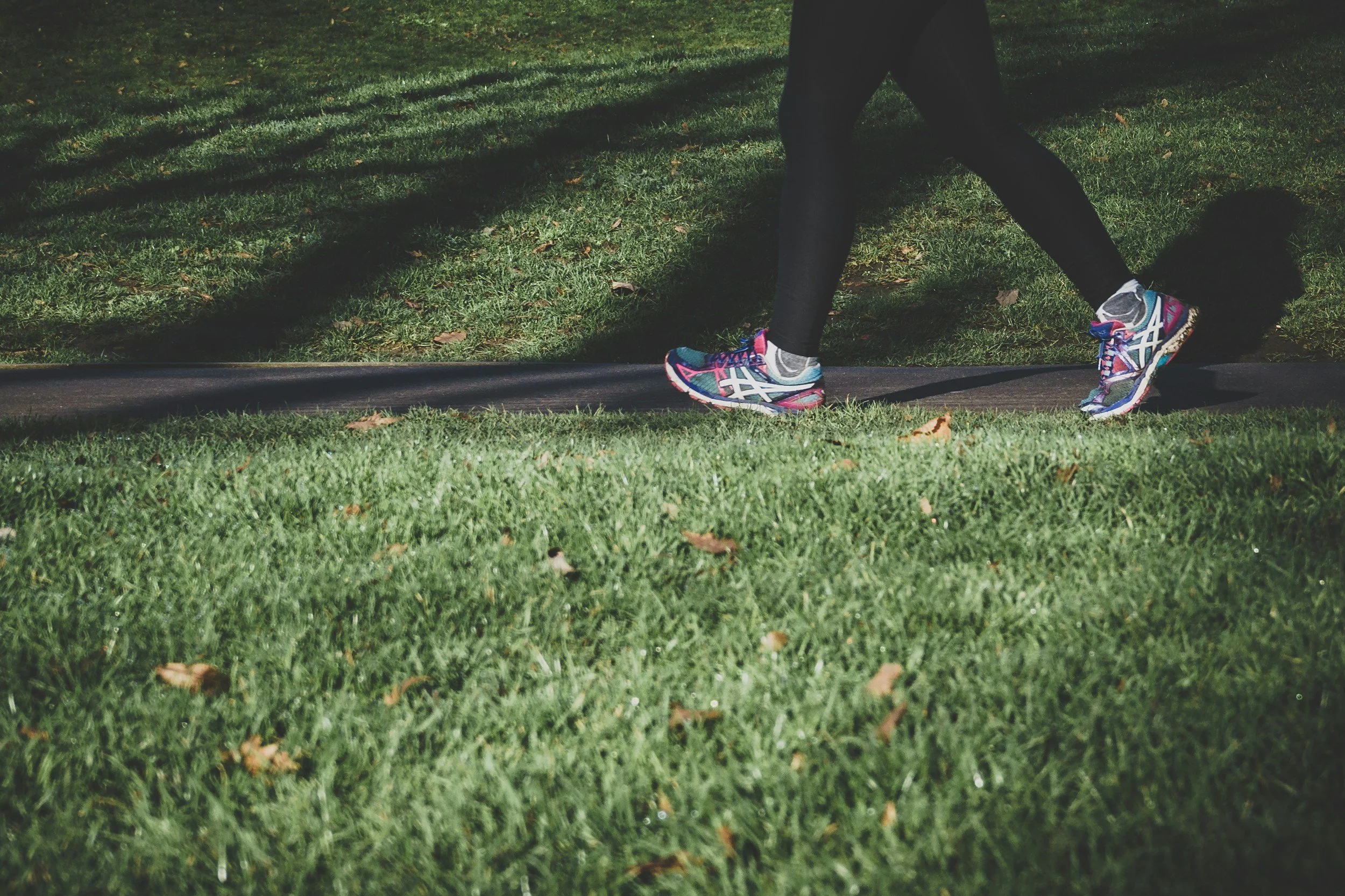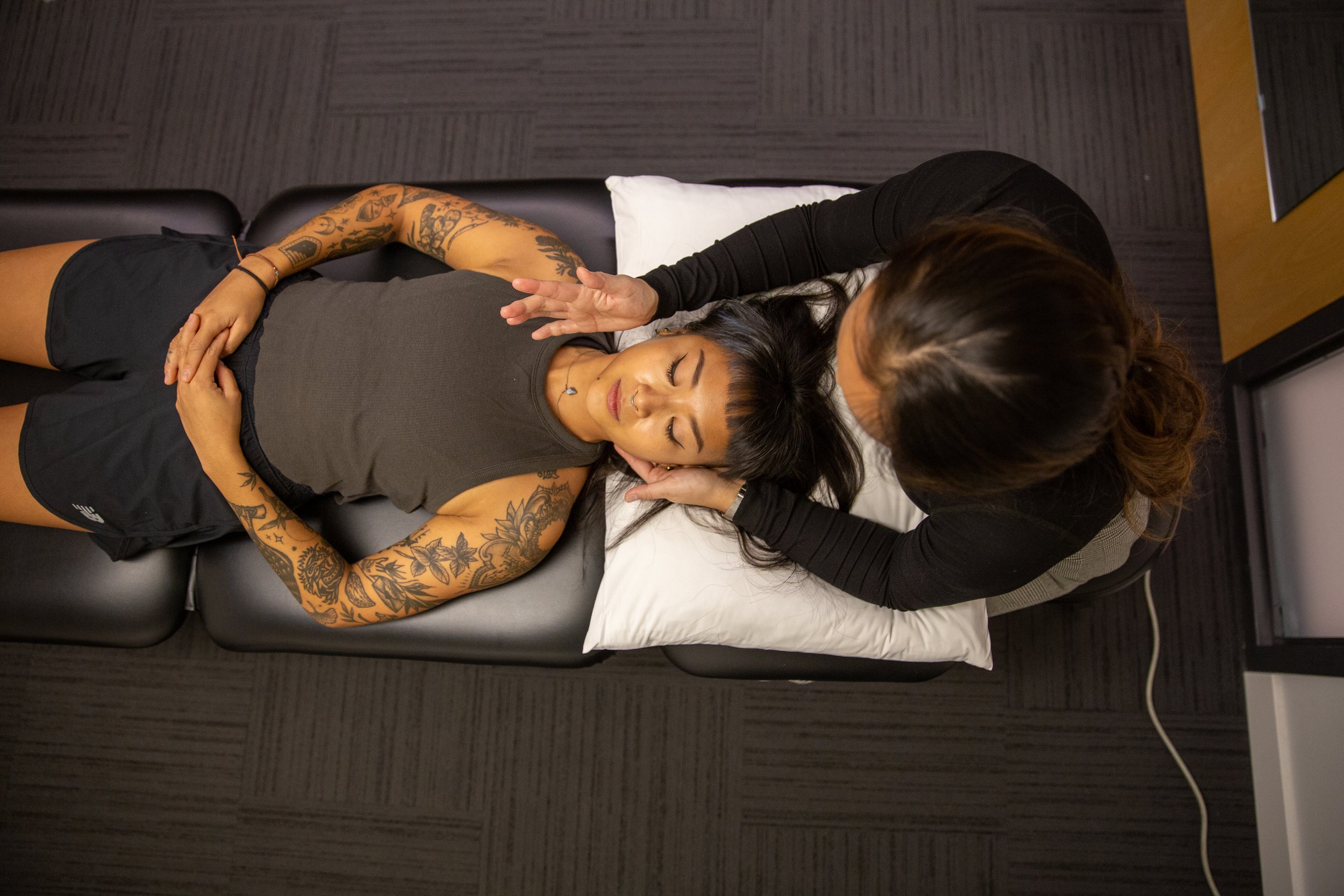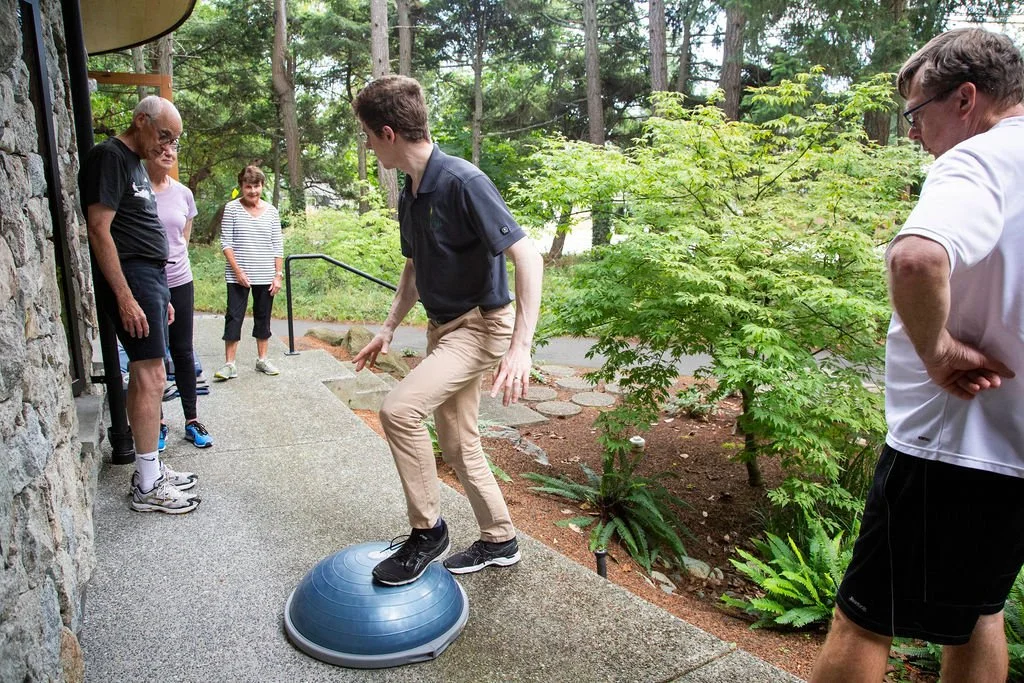How Physiotherapy Can Help With Lower Back Pain
Follow these three steps to recover from low back pain.
Having an episode of lower back pain? You're not alone: about 85 percent of people experience this at least once in their lifetime.
Perhaps the worst part of having lower back pain is not knowing when it will get better, or what to do about it. It seems that everyone has had an experience with low back pain and is more than willing to offer you helpful advice. But it’s important to remember that back pain can show up with several different signs and symptoms. What works for one person may or may not be right for you.
Just like recovering from a cold, brief rest followed by gradually increasing activity is key to overcoming pain.
Here’s Some Reassuring News
If you’re experiencing low back pain, know that most cases of acute low back pain resolve with just a few targeted physiotherapy treatments. Chronic or persistent low back pain may take a bit longer, but either way, physiotherapy is a proven way to restore your back’s health and help you move more comfortably.
It’s also important to remember that back pain can improve on its own, with many episodes resolving within 4-6 weeks. However, if you’re uncertain, feeling worried, or in a lot of discomfort, physiotherapy is a great place to start. Our team at Tall Tree Health provides expert guidance, specific reassurance, and a personalized plan to help you recover with confidence.
What to Expect at Your First Physiotherapy Session
If you’ve never visited a physiotherapist before, here’s what you can expect at your first appointment.
At Tall Tree Health, we start by getting to know you—taking detailed notes on your history and conducting a thorough physical assessment to determine which treatments will be most effective in reducing your low back pain. We also take the time to understand your preferences, what has worked (or hasn’t) in the past, and any other key factors that may helpful in your recovery.
This comprehensive approach allows us to develop a plan that prioritizes what matters most to you. For many, this means not only addressing immediate concerns but also laying the foundation for long-term success—whether that’s returning to work, full-contact sports, playing with your grandchildren, or simply moving through life with more ease and confidence.
To ensure a full recovery, physiotherapy typically takes you through three key stages of rehabilitation—starting with pain relief, progressing to restoring movement, and finishing with building strength and resilience.
Let’s walk you through what that process looks like.
“A good physiotherapy treatment program can help you recover from lower back pain and give you self-management tools to use if it reoccurs.”
Get your low back pain under control
In the first stage of recovery, when pain is acute, we use:
Hands-on manual therapy to reduce pain, muscle spasms and improve mobility.
Targeted low back exercises or positions of comfort to help you relieve pain at home.
Activity guidance and practical tips to help you stay active while you recover.
By addressing pain early and equipping you with the right tools, we help you move forward with confidence and prevent future flare-ups.
2. Restore your mobility
Once your low back pain starts to settle, the next step in rehabilitation is restoring your ability to move freely and thoughtlessly.
In this stage, we may continue using hands-on manual therapy, but our focus shifts to personalized low back exercises designed to:
Stretch and restore full motion throughout your back.
Reduce or eliminate stiffness so you can move comfortably.
Support long-term recovery by reinforcing the benefits of manual therapy.
By working towards consistency with activities and exercises, you’ll set the stage to regain confidence in your back and build the foundation for a stronger, more resilient you.
3. Build strength and resilience
In the final stage of your low back rehabilitation, we focus on recovering strength, movement, and confidence to support long-term resilience.
By this point, your pain may be minimal or gone, but your recovery isn’t quite complete. Low back pain is often episodic, meaning it can return from time to time. However, research shows that regular exercise at a moderate intensity not only reduces the chance of flare-ups but also makes them less intense and shorter in duration if they do occur.
It's important to note that even strong people experience back pain—so this isn’t just about getting stronger. Instead, it’s about building sustainable habits, finding exercise you enjoy and keeping your body moving in a way that works for you.
At this stage, we introduce functional exercises based on the activities you want to return to. These help you:
Improve movement and endurance.
Increase confidence in your ability to stay active.
Get back to doing what you love without hesitation.
By making regular movement part of your routine, you set yourself up for long-term success—minimizing setbacks, understanding what to do if a setback occurs, and maximizing your ability to move freely and pain-free.
A good physiotherapy treatment program can help you recover from lower back pain and give you self-management plan to use if it reoccurs. And if you can’t get your pain to settle down on your own, we’re always here to help. At Tall Tree Health, our Registered Physiotherapists are leaders, educators, and innovators in their field, and you can expect the highest standard of care.



































